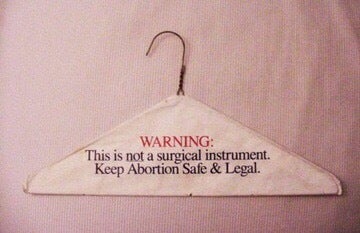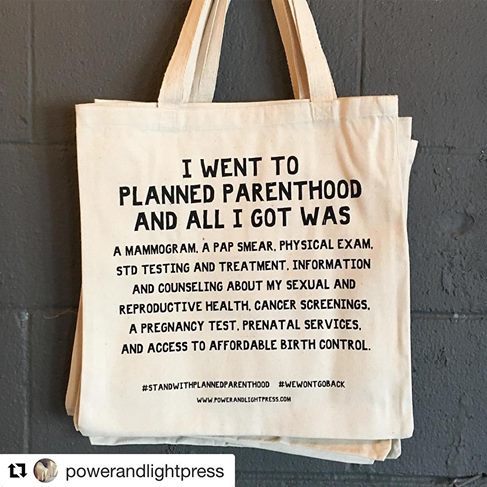
One in three of us has a story. This is mine.
I guess I’ve already kicked off my story with a falsehood: it wasn’t Planned Parenthood where I terminated a pregnancy in March of 2008. It was the Emma Goldman Clinic in Iowa City, IA, where I attended undergrad at the University of Iowa. Though not Planned Parenthood, the Emma Goldman Clinic provides many of the same services as described on this nifty tote bag below, plus one service not included on this particular list: affordable, safe, non-judgmental abortion services. When I was a twenty-one year old senior, a student leader on the dean’s list and in the honors program, I took advantage of this service in between midterms of my final semester.
I am among the approximately 1 in 3 women in America who has faced an unexpected pregnancy that has resulted in termination. While there is some debate on the exact figures for women who have obtained at least one abortion, the reality remains that abortion has been around for a long time and women throughout history have been confronted with the agonizingly painful decision regarding whether to carry a pregnancy to term. For some women, it’s the decision to end a pregnancy that was neither wanted nor planned; for others, it’s the decision to terminate a pregnancy that was very much wanted and planned. It may be a clear-cut decision for some or a muddled one for others, but it’s never easy in large part — maybe primarily — because of the stigma surrounding abortion.
Shame is a powerful (and often manipulative) emotion that has been used for centuries as a weapon against women daring to stake claim to our bodies.Whether applied through legislation to block women from access to safe, affordable abortion services or demonizing rhetoric that inhibits individual healing from such an experience, shaming women for having autonomy over our bodies and life choices has been an egregious but effective tool.
My personal story isn’t particularly interesting: I was careless with a friend, six weeks later I suspected I was pregnant, and three weeks after that I ended the pregnancy. Like most women who obtain an abortion, mine was within the first trimester.
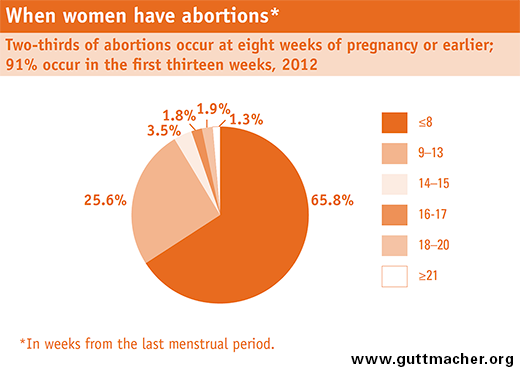
I knew very early on that I was neither in the financial position to support a child nor, frankly, did I have an interest in the stigma and societal judgment that accompanies unwed mothers. I watched both of my sisters become parents at a young age and, despite being incredibly strong women and phenomenal mothers, I also watched them struggle for years in a way that I had once so arrogantly proclaimed I never would. I was a first-generation college student and the day I confirmed my pregnancy was the day I had received an email from a prestigious teaching organization that had selected me to join its program. I — a dual Religion Studies and English major — was being promised an actual job at the beginning of an economic recession. Not only was it a job, but it was work aligned with my convictions and values regarding education, equity, and opportunity for children. I was at a crossroads in my life and while I was devastated to know I had a choice to make, I knew almost immediately what that choice would be.
I was lucky in my experience in that it was incredibly uneventful. I have read horror stories of women entering and exiting clinics and being verbally or physically assaulted by anti-abortion protesters, even when those women weren’t seeking an abortion. Angry, judgmental crowds have surrounded clinics and lambasted those coming or leaving with insults and jeers. Many carry signs of aborted fetuses or cherry-picked Bible verses and some have gone as far as to dip doll parts in red paint and throw them at women, thereby escalating a painful experience to a traumatic one.
In my instance, there were no protesters on any of the days that I visited the clinic over the course of three weeks. The first visit was to confirm the pregnancy and make an appointment to terminate; the second was to pick up a prescription for a non-surgical medical abortion that I would take at home; the third visit was to be examined by a doctor to confirm the termination of the pregnancy. I’d walked past that clinic hundreds of times over the past four years on my way to class, heading out to meet friends, stumbling home from downtown after a night out. I had noticed in the past that occasionally members of one of the Catholic churches in town would assemble in a line across the street from the clinic and pray silently, but I never saw them harass or accost patients and visitors to the clinic and they always kept what I considered to be a respectful distance. Nevertheless, I remember walking to the clinic for the initial appointment and praying that the congregants wouldn’t be there that day. The first wave of shame. I remember asking myself dryly, “does God listen to such prayers?” Second wave of shame. I approached the clinic and quickened my pace to get inside before anyone I knew might see me. Third wave.
A friend accompanied me and we sat side by side in a wordless waiting room. I remember a young couple was there and the man had a bag of fast food rolled up in his lap. He wasn’t eating it. I remember wondering if it was just trash that he hadn’t gotten rid of or if his lunch was getting cold. I don’t know why I was thinking about his greasy, balled up fast food bag, but nine years later I remember exactly what that bag looked like, so I must have been staring at it for some time. A middle-aged woman sat with a girl who appeared to be a teenager on the other side of the waiting room; the girl was sitting on her hands and looking around the room. We locked eyes briefly and then casually looked away. Another young woman, maybe my age, sat by herself two seats from me with an empty chair between us. I remember thinking that the clinic felt lonely despite a friendly staff going about their work and tending to patient care.
I recall wondering what each of the others were there for until it occurred to me that they might be wondering the same thing about me and so I stopped wondering about them because it wasn’t any of my business why they were there. The stigma of seeking an abortion was so deeply internalized that it’s possible that I was the only one there for that reason, but I found myself sitting in some kind of judgment of others. I remember sighing. I didn’t want to be there and I didn’t want to be around the other people in the waiting room. Another wave of shame.
I had to complete a questionnaire that a member of clinic staff had given me. It was a combination of standard medical questions and some other, more personal ones. Two questions in particular stood out to me then and now: are you here today under any duress or compulsion by someone else? and as a result of this experience, do you feel connected to other women?

The first question struck me as affirming and the second as irritating, but in hindsight I have come to appreciate them both immensely. It wasn’t until I was asked whether I was at the clinic under duress that gratitude pierced my shame. I wasn’t there because someone was forcing me to be, because I was being threatened by an abusive partner. I wasn’t even there as a result of having endured long and arduous travel nor had I navigated a throng of angry, loud people in order to access the clinic. I knew even then that I had it relatively easy in terms of access — geographically and financially — to the clinic. I was there because I had, as an adult and an individual, chosen to be there. It was a choice in a series of choices that I had made, and the first responsible one I’d made in months.
The second question about whether I felt more connected to other women, particularly and presumably others who had obtained an abortion, has stuck with me for years. Initially I thought, “what the hell kind of question is this?” This isn’t some kind of special club. I didn’t feel connected to other women in the waiting room, let alone those I didn’t even know. But I think that was the shame creeping in again because as I would learn in the years to come, I did know a lot of women who had sat in such a waiting room, who had to make the decision that I made. I learned that there were similarities in many of our experiences, but that each and every one was as unique and nuanced as the woman herself.
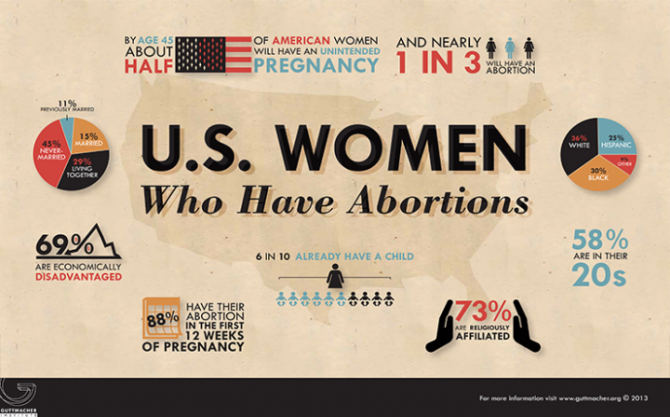
The women and their stories were all around me, so why had I assumed that they weren’t, why hadn’t I heard more about them — or better yet, from them? I imagine the reason is because of the incredible stigma of abortion and having obtained one. As such, sometimes we as women perpetuate this shaming even when it isn’t aligned with our values or intent to do so. But what should we do? Do we walk around and advertise some of the most painful, intimate moments of our sexual and emotional pasts? Despite the movements and forums where people can get information and build community, the vulnerability required to open your mouth and share your story is overwhelming to many.
And yet silence can be oppressive. I can’t count the number of times that my willingness to admit that this experience is part of my past, part of my story, that it has informed my perspective and my politics, has allowed for a connection with someone else who has also gone through it. We should tell our stories because we are changed as a result of our choice and there is no one way to feel about that.
In the weeks, months, and years following my abortion, I experienced an incredible and broad range of emotions: grief, frustration, shame, regret, relief, appreciation, affirmation. There was no timeline on my processing, though I do remember coming to a point about a year afterward where I was ready to really let go of the shame as this is what I identified as being the root cause of so many other negative feelings. I made the commitment to myself that, while I was allowed to feel any and all of my feelings, I would stop bringing my experience up to myself in a punishing way. I would forgive myself for the things I believed I needed to be forgiven for and I let go of the things that didn’t require forgiveness. I had a willingness to move forward. That was my personal journey; every woman has a different one. As part of the commitment I made to myself, I said I would never shy away from telling my story if it might bring healing to anyone else, I would demonstrate that shame doesn’t have to be part of our stories. Shame is neither required nor productive; I don’t believe that it is an emotion that yields healing and it probably shouldn’t be allowed a place in our lives.
There’s another reason why I speak. In a dangerous political era wherein we are facing a loss of the reproductive rights for women, including safe access to abortion, we need more fervent pro-choice advocacy. The newly-elected President can add abortion to the long list of items about which he doesn’t know his ass from his elbow, yet he has the power to appoint Supreme Court justices who may seek to overturn Roe v. Wade and has articulated his intent to do so. More and more states are putting far-reaching restrictions on access to abortion through legislation surrounding when and how women can obtain abortion, many of which are humiliating and unnecessary, including some states that require doctors to show women fetal ultrasounds when they are seeking to terminate a pregnancy.
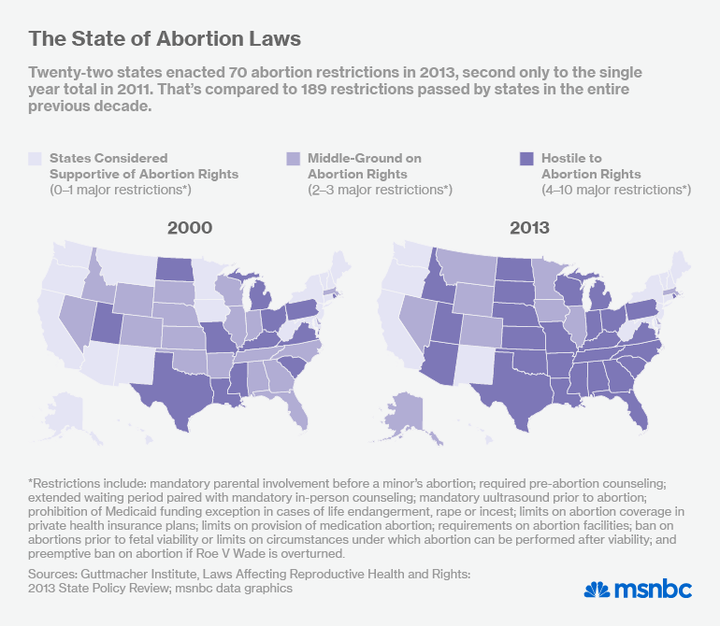
Access is also threatened through constant efforts to defund providers such as Planned Parenthood despite the fact that abortion accounts for a fraction of their services and federal dollars are not used toward abortion. (Funds through Medicaid may be used; however, there are tight restrictions regarding circumstance, namely allowing the termination of a pregnancy only when it is the result of rape, incest, or when the woman’s life is in imminent danger as stipulated by the Hyde Amendment [1977].) We are even allowing doctors to decide whether or not they will treat women who have had an abortion, even if said women are seeking non-abortion related medical help, because, well…they don’t wanna.

I don’t need to have lived in an era of back-alley abortions to know that we cannot return to that time. While I do believe it is relevant to highlight all of the important services that clinics like Emma Goldman and Planned Parenthood provide which are completely unrelated to abortion (or preventative of pregnancy such that abortion can be avoided in the first place), it is my story that when I went to an abortion provider, I went to obtain an abortion. I went because it was my legal right to go, because it was my choice. I speak about it now because stigma and shame haven’t changed this and sometimes sharing a story can at least bring healing and closure for self and others.
